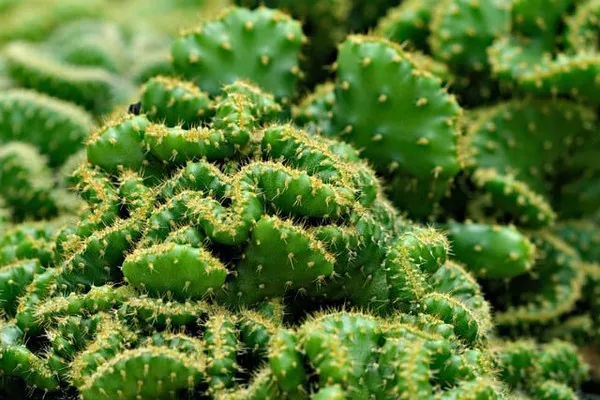Succulents, with their captivating shapes, vibrant colors, and low-maintenance nature, have become increasingly popular in gardening and landscaping. While they are commonly associated with indoor plant displays, many succulent varieties thrive when planted outdoors as well. Planting succulents in your garden can not only enhance its aesthetic appeal but also provide an opportunity to cultivate a diverse and resilient plant collection. In this article, we will delve into the steps and considerations for planting succulents outdoors, ensuring a thriving and visually pleasing landscape.
1. Choosing the Right Location
Before you start planting succulents outdoors, it’s essential to choose the right location for them to flourish. Succulents thrive in areas with plenty of sunlight. Look for a spot in your garden that receives at least six hours of direct sunlight daily. South- or west-facing areas are often ideal as they tend to have the most consistent sun exposure throughout the day. Additionally, ensure the location offers well-draining soil to prevent waterlogging, which can be detrimental to succulents.
2. Selecting Suitable Succulent Varieties
Succulents come in an array of shapes, sizes, and colors, making it crucial to choose varieties that are well-suited for your outdoor environment. Some popular outdoor succulent choices include Sedum, Sempervivum, Agave, Echeveria, and Aloe. Research the specific care requirements of each variety, as certain succulents may be more tolerant of colder temperatures or varying levels of sunlight. Selecting a variety of succulents can also add visual interest to your garden.
3. Preparing the Soil
Well-draining soil is essential for the health of outdoor succulents. Succulents dislike sitting in overly moist soil, which can lead to root rot. Prepare the soil by amending it with coarse sand or perlite to improve drainage. A recommended soil mixture for succulents includes a combination of potting soil, perlite, and coarse sand in equal parts. This mixture provides the right balance of nutrients, aeration, and drainage that succulents require.
4. Planting Techniques
When planting succulents outdoors, follow these steps for successful establishment:
Digging Holes: Dig holes that are slightly larger than the root ball of your succulent. This will give the roots room to spread as they grow.
Spacing: Pay attention to the recommended spacing for each succulent variety. Proper spacing prevents overcrowding and allows for adequate airflow between plants.
Gentle Handling: Gently remove the succulent from its nursery pot, being cautious not to damage the roots or stem. If the succulent is root-bound, gently loosen the roots before planting.
Planting Depth: Place the succulent into the hole at a depth that allows the base of the plant to be level with the surrounding soil. Backfill the hole with the prepared soil mixture, gently tamping it down around the succulent.
5. Watering and Initial Care
After planting, it’s essential to provide the right amount of water to help your outdoor succulents establish themselves. Water the newly planted succulents thoroughly, allowing the water to soak the soil around the roots. However, be cautious not to overwater. Aim for a balance between keeping the soil moist but not soggy. Over time, as the succulents establish their root systems, you can gradually reduce the frequency of watering.
6. Mulching and Protection
Mulching around your outdoor succulents can provide several benefits. A thin layer of mulch, such as gravel or crushed rock, helps retain moisture, regulate soil temperature, and prevent weed growth. It also adds an aesthetic element to your succulent garden. Additionally, consider protecting your succulents from extreme weather conditions. If you live in an area with cold winters, cover your succulents with frost cloth or bring potted succulents indoors to prevent frost damage.
7. Maintenance and Growth
Outdoor succulents are relatively low-maintenance, but some care is still required to ensure their optimal growth. Regularly inspect your succulents for signs of pests, disease, or nutrient deficiencies. Prune dead or damaged leaves to promote healthy growth and maintain the aesthetic appeal of the plants. As your succulents mature, they may produce offsets or “pups,” which can be separated and replanted to expand your garden.
Conclusion
Planting succulents outdoors can transform your garden into a captivating and sustainable landscape. By selecting the right location, choosing suitable succulent varieties, preparing the soil, employing proper planting techniques, and providing the necessary care, you can enjoy a stunning array of resilient and beautiful plants. Whether you’re an experienced gardener or just beginning your journey, the unique charm of outdoor succulents is sure to enhance your gardening experience and contribute to the beauty of your outdoor space.


